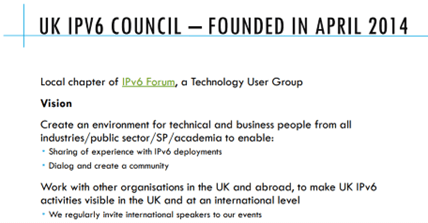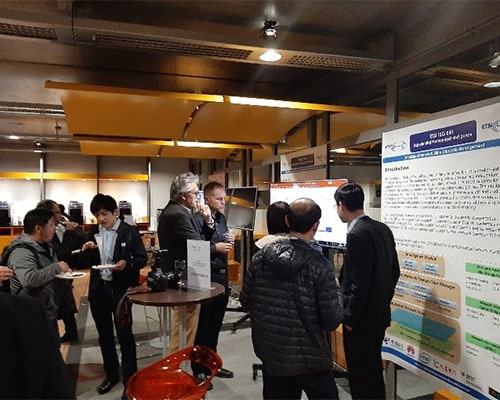MEC can serve multiple vertical markets
2022-12-21 Posted by Dario SABELLA, MEC Chair 5986 HitsHello folks, I have again to ask apologies for my not-very-frequent blog posts, but really this 2022 is (was) a dense and interesting year! A lot of nice developments and progresses from MEC, as the group is ramping up with Phase 3 work (BTW, stay tuned for the forthcoming announcements on many outstanding deliverables!). In the meantime, I just wanted to inform you that at the MEC#32 plenary the ISG has approved the updated publication in our MEC Leadership webpage (here) with the list of recently appointed LS Officers for the Vertical Industries. They can be our ambassadors, to support on the dialogue with various organizations: in fact, as we know MEC is serving multiple use cases and vertical industries, and ETSI ISG MEC has already established collaborations with a number of external organizations (e.g. automotive), and plans to increase the other domains (e.g. industrial automation, drones, CDN/videostreaming..). Here, I expect nice progresses from the dialogue with these verticals, also related to possible impacts on the Work Item MEC 043 about “Abstracted Radio Network Information for Industries” (the study item will study use cases, key issues and recommendations related to exposing abstracted radio network information for the industries).
Finally, I wanted to exploit the opportunity to wish you all a good Holiday break. Please take care, enjoy a deserved rest, and recharge your batteries, looking forward for a great 2023!







 Undaunted by this situation, the technical experts at the ETSI ISG NFV continued to work tirelessly developing and delivering specifications that help get and keep “everyone/everything connected”. And the hard work paid off as ETSI ISG NFV delivered during the second half of 2020 new and updated "protocols and data model" (stage 3) specifications incorporating NFV Release 3 features.
Undaunted by this situation, the technical experts at the ETSI ISG NFV continued to work tirelessly developing and delivering specifications that help get and keep “everyone/everything connected”. And the hard work paid off as ETSI ISG NFV delivered during the second half of 2020 new and updated "protocols and data model" (stage 3) specifications incorporating NFV Release 3 features.





